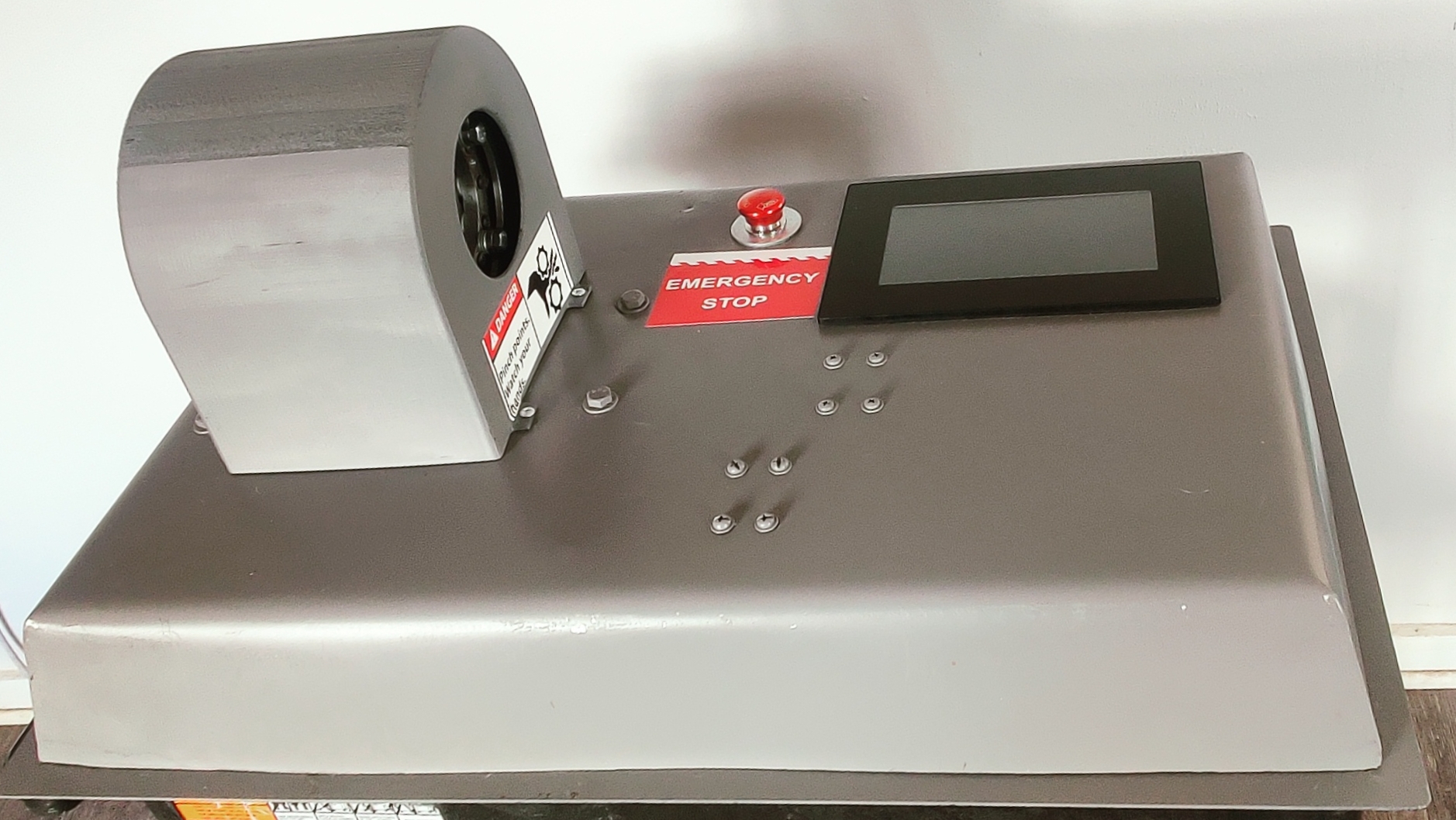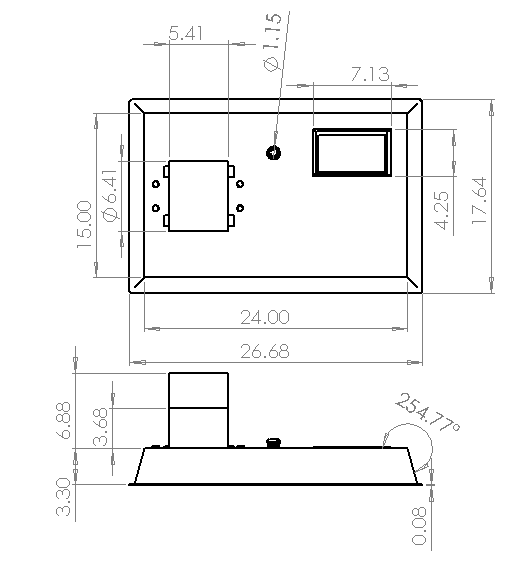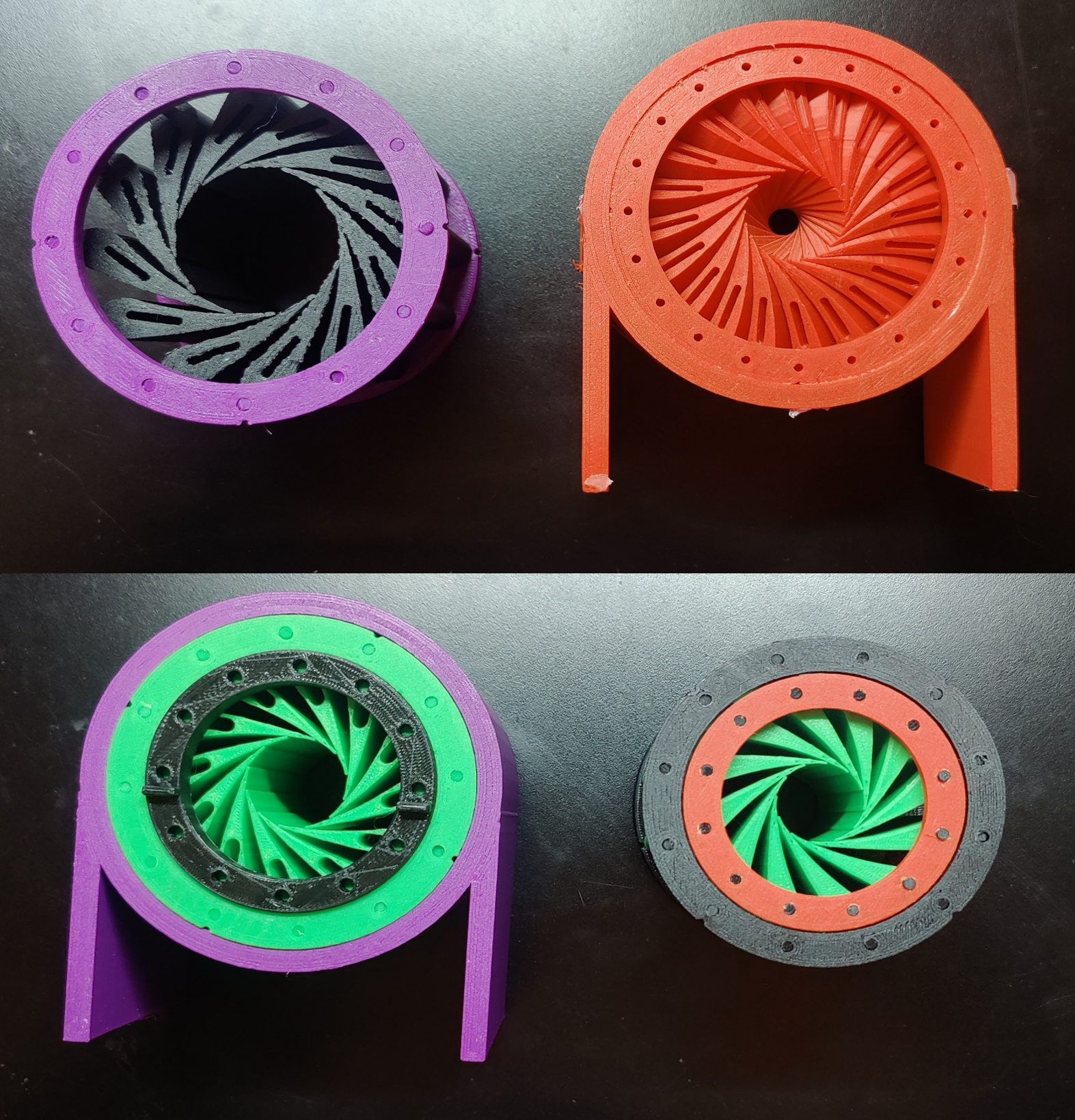Gore Stent Crimper Capstone Project
Designing a stent crimper to prepare for surgery and prototype testing
Acknowledgements
The team would like to thank Professor Carson Pete and Professor David Willy for being mentors as well as being the faculty sponsor for the class. The team would like to thank Dr. Becker’s Lab for providing the team with stents they could utilize for testing and understanding how the stents work. The team would like to thank Glen De Silva for assisting the team as a Graduated Teaching Assistant. The team would like to thank the faculty at the NAU Machine Shop for assisting with all the parts and especially for putting in all the work to machine the slewing bearing the team created and requested to be machined. The Mechanical Engineering Team would also like the NAU Electrical Engineering Gore Iris Crimper Team for the support with the electrical components on the design. The team would like to thank Matthew Gilmore for assisting the team with retrieving materials from Phoenix and delivering them in Flagstaff. The team would also like to thank Mr. Nathan Hinze for assisting the team with initial material preparation for the building and letting the team utilize resources from the weld shop. Overall, the team would like to thank Tanner Moll, William Reilly, Scott Bryson and W. L. Gore for sponsoring the project, and working with the team to design and execute the project.
What we're doing
We're working towards creating a stent crimper with an actuated iris design specifically for endovascular stents
The Iris
This design has 12 leaflets using a curvature that maximizes the acceptable range of diameters the iris can function at.
The Gears
The force transfer chain drive from the motor to the leaflets.
Who It's For
This device is for W. L. Gore to crimp endovascular stents, prepare them for testing and surgery.
The Design
The team has a steel base and shell for the iris mount. The 12 leaflets are made of carbonfiber mounted to steel slewing bearings. The entire design utilizes an outer shell to protect user from pinchpoints. The arduino controls the motor attached to a rotary encoder to determine diameter and a pressure sensor is attached to the leaflet for the a force reading. All is controled by a touch screen display with an emergency stop.


The Project
Take a deeper look into the team's task of creating an endovascular stent crimper.

Documents
Browse through the team's presentations and documents to see what being worked on.
